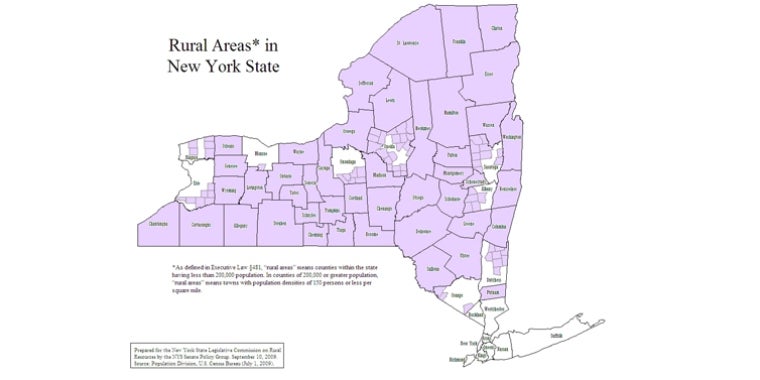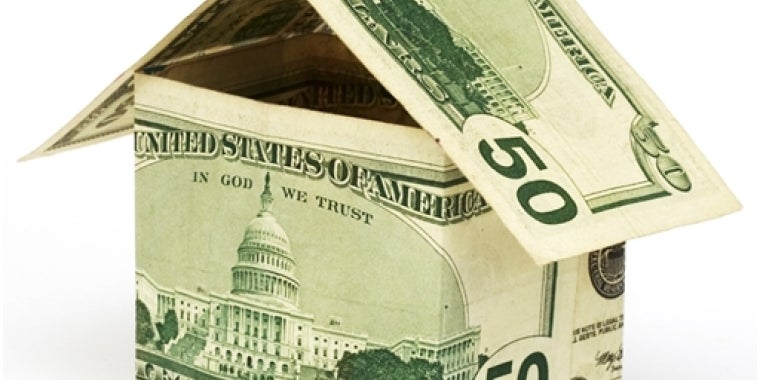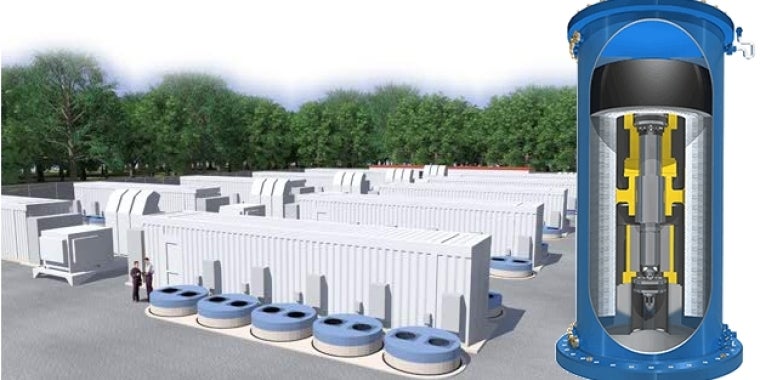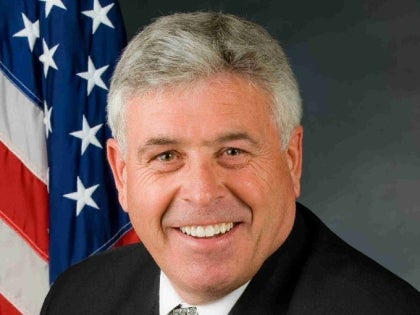
Aubertine Passes Legislation to Protect Volunteer Firefighters
Darrel J. Aubertine
June 18, 2010
-
ISSUE:
- Firefighters
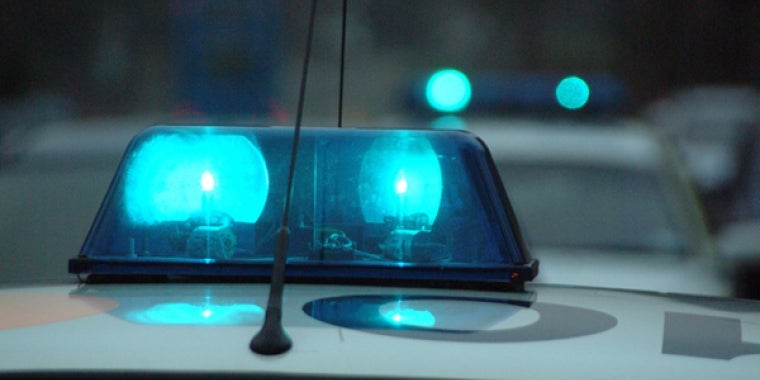
Bill permits blue lights with red/white on fire response vehicles, requires drivers to slow down
ALBANY (June 18, 2010)—The New York State Senate unanimously passed legislation (S.5593) sponsored by Sen. Darrel J. Aubertine this week to help keep volunteer firefighters and other emergency responders safe.
The legislation would require motorists to reduce speed when passing an emergency situation along a highway and allow volunteer fire departments and fire companies to install on the rear of all fire and emergency response vehicles additional blue lights, which studies have shown are more noticeable for passing motorists. The legislation has the strong support of the Firemen’s Association of the State of New York (FASNY).
“Our volunteer firefighters and emergency responders give of themselves every day to keep us safe and help us when we are in need. This legislation will help keep these everyday Good Samaritans safe when they respond and are vulnerable along the shoulders of our highways,” said Sen. Aubertine, chair of the Legislative Commission on Rural Resources and the Senate Majority Upstate Caucus. “Blue lights have been shown to catch the attentions of drivers more so than the lights in use now, giving drivers more time to slow down and avoid putting our first responders at risk.”
Volunteer firefighters and other emergency responders regularly perform emergency duties on the side of the road where they are at risk and have, unfortunately, been injured and even killed by passing motorists. Studies have shown that the blue light is the most noticeable colored light, and as a result, provides the highest level of safety.
“This is an important piece of safety legislation for the volunteer fire and emergency medical service throughout the state of New York,” said Thomas J. Cuff, Jr., President of the Firemen’s Association of the State of New York (FASNY). “Typically, the blue-colored flashing lights in particular are easily spotted by other drivers on the road, especially at night. We would like to thank Senator Aubertine for sponsoring this bill. We hope the Assembly also passes this bill and it eventually gets signed into law, as we believe it will help raise the level of safety for both firefighters and motorists statewide.”
“Volunteer fire and EMS vehicles should be as evident to motorists as any other emergency vehicle when approached from the front and the rear,” said FASNY Board Member James Cayey, of Colton, NY. “Expanding the use of blue lights in fire department vehicles makes sense from a safety perspective for emergency responders operating the apparatus, other motorists, and any potential victims at an emergency scene. In order for the public to be protected and removed from harm, it is of the utmost importance that our volunteers get to their destination quickly and safely. On behalf of firefighters both statewide and especially here in our region, I would like to thank Senator Aubertine for sponsoring this legislation in the Senate.”
Current law allows for one or more blue lights or combination of blue, red and/or white lights to be affixed to a police vehicle provided that they are displayed for rear projection only. Volunteer firefighters have long had the exclusive use of one blue light that was affixed to a to motor vehicle owned by a volunteer member of a fire department or on a motor vehicle owned by a member of such person's family. The light was allowed to be displayed or projected in 360 degree fashion. Use of the light was prohibited in combination with red lights on all fire vehicles.
Studies conducted by Ford Motor Company and the Florida Highway Patrol, clearly indicated that the perception-decision-response process in driving, especially at night favored the blue light over other colors particularly when approaching from the rear. This bill extends the perceptual advantage attributed to the blue light in certain circumstances, now enjoyed by police vehicles, to fire and emergency response vehicles, including those used by volunteer departments. It allows the blue light use for rear projection purposes in combination with red and/or white lights and leaves in place the exclusive use of the blue light by volunteers on personal vehicles to be projected in 360 degree fashion.
-30-
